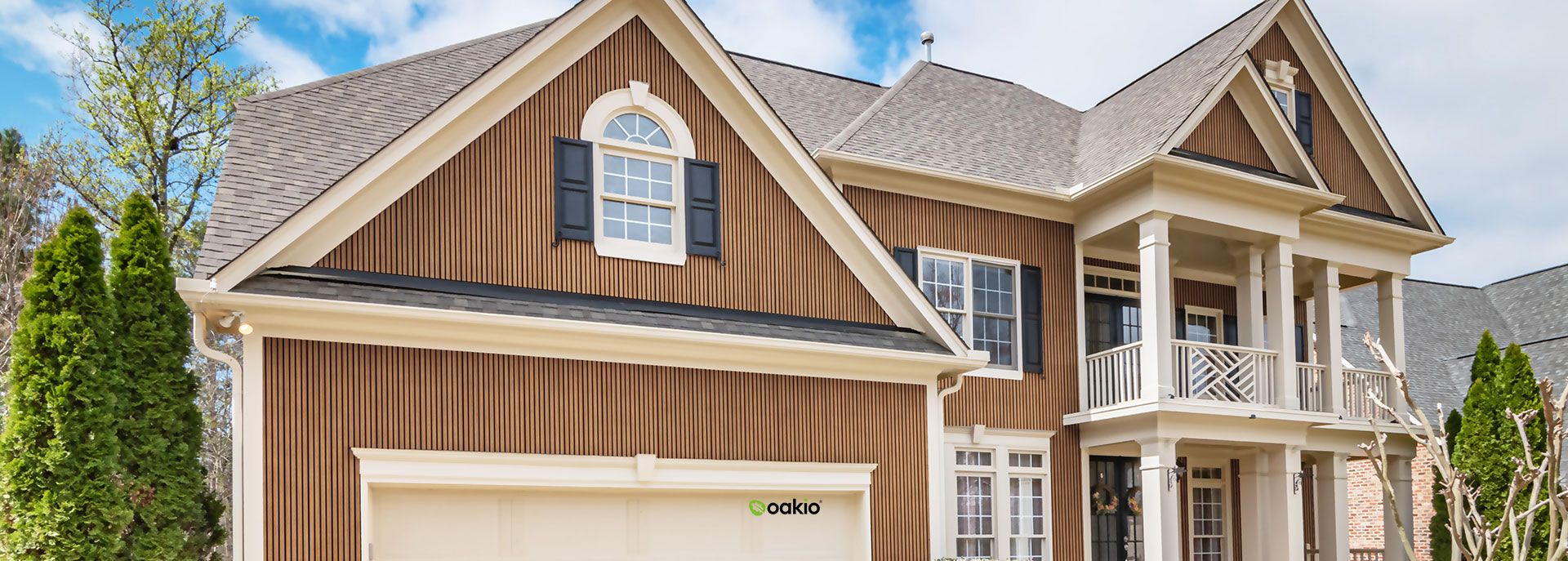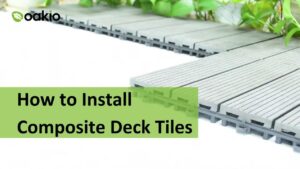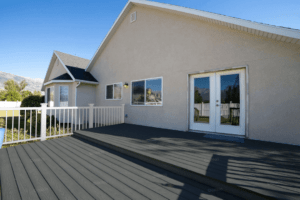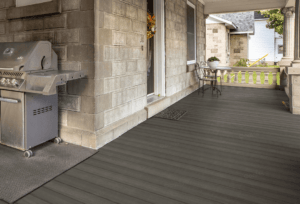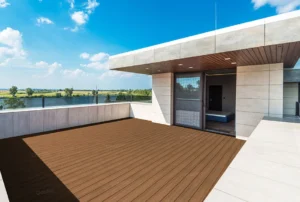Stylish and Modern Kitchen Design with WPC Materials
The kitchen has become more than just a functional area in modern homes; it is now a central space that reflects personal style and quality of life. Today’s homeowners are increasingly seeking innovative designs that seamlessly merge aesthetics with practicality. Among the materials revolutionizing kitchen remodeling, Wood-Plastic Composite (WPC) stands out as a game-changing option.
WPC materials combine the natural texture of wood with the durability and versatility of advanced composites, offering unmatched benefits in kitchen applications. From cabinets to flooring, WPC materials enhance both the look and functionality of a kitchen, making them a preferred choice for stylish and sustainable renovations.
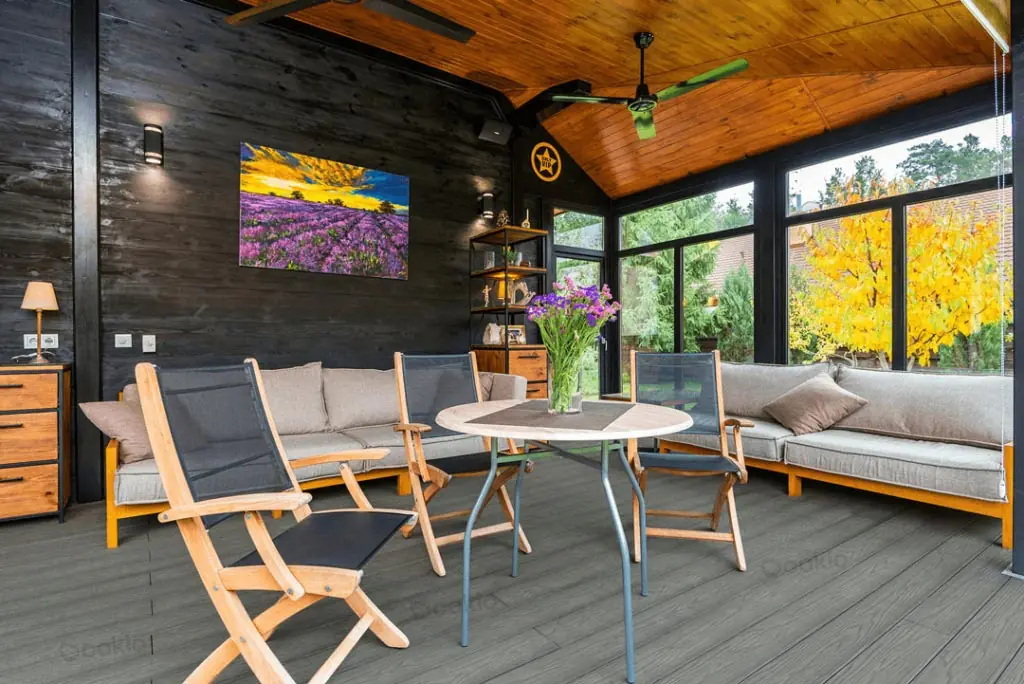
Why WPC Materials are Perfect for Kitchens
1. Water and Moisture Resistance
Kitchens are often exposed to water, humidity, and spills, making material selection critical. WPC materials excel in these environments due to their superior water resistance. Unlike natural wood, which can swell or warp when exposed to moisture, WPC deckings remains stable, ensuring longevity even in damp conditions.
2. Durability and Longevity
Kitchens experience heavy use, from chopping and cooking to cleaning. WPC materials are highly durable, resistant to scratches, stains, and impacts. This makes them ideal for surfaces like countertops and floors, which endure constant wear and tear.
3. Eco-Friendly and Sustainable
Made from recycled plastics and wood fibers, WPC materials contribute to sustainable building practices. Unlike traditional wood, they do not require harvesting virgin timber, helping to conserve forests. Furthermore, WPC products are recyclable at the end of their life cycle, minimizing environmental impact.
4. Low Maintenance
WPC requires minimal maintenance compared to wood or other traditional materials. It doesn’t need regular polishing, painting, or sealing. A simple wipe with a damp cloth is enough to keep WPC surfaces looking new, making them ideal for busy kitchens.
5. Stylish and Modern Appeal
WPC materials offer a natural wood-like texture while allowing for a wide range of colors and finishes. This versatility enables homeowners to customize their kitchen’s look, creating spaces that are both contemporary and welcoming.
Applications of WPC in Kitchen Design
The versatility of WPC materials makes them suitable for various kitchen elements, ensuring both functionality and aesthetics:
1. Kitchen Cabinets
WPC cabinets are gaining popularity for their durability and sleek design. Resistant to water and heat, they remain intact even in challenging conditions. Their fire-resistant properties add an extra layer of safety, while their eco-friendly composition ensures a toxin-free environment.
2. Flooring
WPC flooring is perfect for kitchens due to its slip-resistant and waterproof nature. It withstands heavy foot traffic and is resistant to stains, making it both practical and stylish. Its durability ensures that it maintains its beauty for years.
3. Wall Panels and Ceilings
WPC wall panels add an elegant touch to kitchens. They not only enhance aesthetics but also provide insulation and soundproofing. These panels are easy to install, clean, and maintain, offering a modern solution for kitchen decor.
4. Countertops and Backsplashes
WPC countertops are durable, heat-resistant, and easy to clean, making them ideal for meal preparation areas. For backsplashes, WPC materials provide a stylish, low-maintenance alternative to traditional tiles, adding sophistication to the overall kitchen design.
Comparison: WPC vs. Traditional Materials
1. WPC vs. Wood
While wood has been a classic choice for kitchen design, it has notable limitations, including vulnerability to water damage, pest infestation, and high maintenance requirements. In contrast, WPC materials provide wood-like aesthetics without these drawbacks. They are splinter-free, rot-resistant, and require no painting or sealing.
2. WPC vs. Particleboard or MDF
Particleboard and MDF (Medium-Density Fiberboard) are commonly used in budget kitchens but are prone to swelling and warping when exposed to moisture. WPC materials outperform these options in durability, water resistance, and lifespan, making them a superior investment.
3. WPC vs. Plastic
While plastic is water-resistant and affordable, it lacks the visual appeal and strength of WPC materials. WPC combines the best of both worlds, offering a premium look with exceptional durability.
Advantages of WPC in Sustainable Home Design
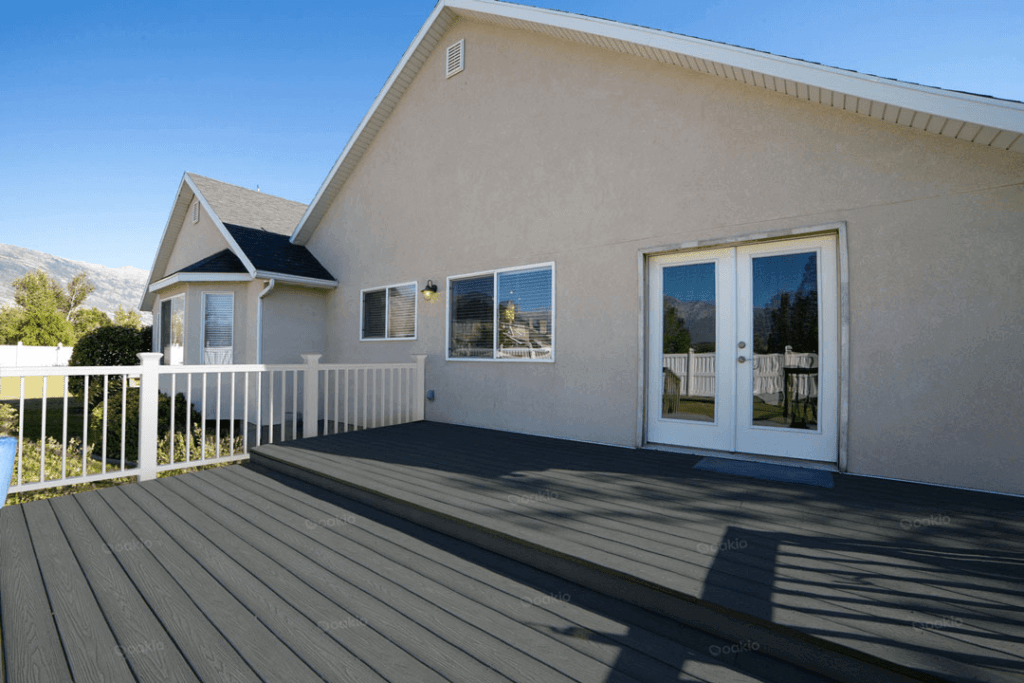
WPC materials are more than just functional and stylish; they align with global sustainability goals. Here’s how WPC contributes to eco-friendly living:
- Reduced Deforestation: By using recycled wood fibers, WPC reduces the demand for virgin timber, protecting forests and biodiversity.
- Recycling and Waste Reduction: WPC materials are manufactured from recycled plastics, diverting waste from landfills. At the end of their life, WPC products can be recycled, promoting a circular economy.
- Non-Toxic and Safe: WPC products are free from harmful chemicals like formaldehyde and benzene, ensuring healthier indoor air quality.
These eco-friendly features make WPC an excellent choice for homeowners seeking sustainable solutions.
Trends in WPC Market for Kitchens
The rising demand for sustainable and durable materials has led to significant growth in the WPC market. Recent trends indicate:
- Increasing Affordability: With advancements in production technology and economies of scale, WPC materials are becoming more cost-competitive, making them accessible to a broader range of consumers.
- Customization Options: Manufacturers are offering WPC products in various finishes, textures, and colors, catering to diverse aesthetic preferences.
- Adoption in Luxury and Commercial Kitchens: High-end kitchens and commercial spaces are increasingly adopting WPC for its premium look and practicality.
The Future of Kitchen Design with WPC
As sustainability becomes a priority in home improvement, WPC materials are set to play a leading role in kitchen design. Their ability to combine durability, beauty, and eco-friendliness ensures that they meet the needs of modern homeowners. From improving functionality to aligning with green living principles, WPC is transforming kitchens into spaces that are stylish, practical, and environmentally conscious.
Conclusion
WPC materials have revolutionized kitchen remodeling by offering a perfect blend of style, durability, and sustainability. Whether used for cabinets, flooring, or countertops, WPC provides unmatched benefits, including water resistance, low maintenance, and eco-friendliness. By choosing WPC for your kitchen, you can enjoy a modern, functional space that supports a sustainable lifestyle.
Ready to upgrade your kitchen? Explore Oakio’s premium range of WPC materials and transform your space into a stylish and sustainable masterpiece today!
Trending Reading
What Are the Differences Between the WPC Board and PVC Board?
[2024 Update] How Long Does WPC Decking Last?
